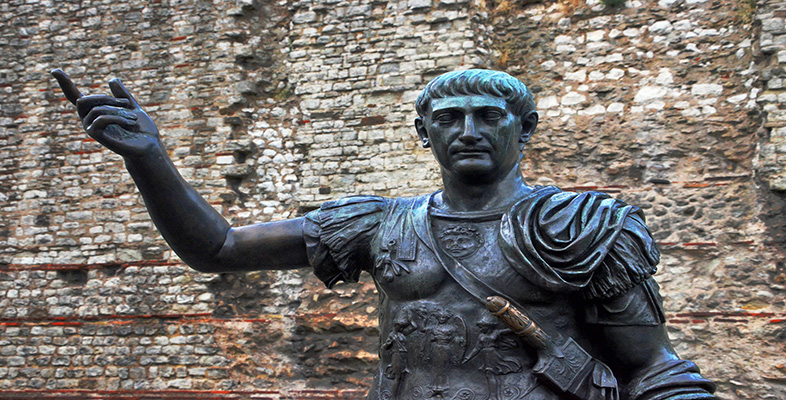2.6 Centre and periphery
Here you have considered some of the ways in which the power and authority of the emperor were communicated to the inhabitants of the empire. The full dynamics of the relationship are difficult to reconstruct especially as the view gained is mainly from Rome looking out to the provinces rather than vice versa. It was important for the emperor to appear to be a competent ruler of the empire. It was one method used by his peers and successors to evaluate an emperor's reign. But it is often difficult to see beyond the projected image to the reality. To those in Rome it was only if something went drastically wrong or if there was an opportunity for military glory that the provinces deserved to be mentioned. The Rome-centred view also makes it difficult to know the degree to which individual emperors made an impression in the provinces. Heads on statues and faces on coins might change, but did much else? Nevertheless it is possible to note that the relationship often flowed in two directions. The urge to commemorate and celebrate the emperor often originated within a given province at the will of the inhabitants, not because it was decreed or enforced by Rome. The inhabitants of the empire were not simply ruled and controlled by others but participated in the process themselves. However, to speak of the provinces collectively and of the provincials en masse is to mask the level of diversity. The consideration of the imperial cult illustrates that the responses to both the emperor and imperial rule could vary greatly.
